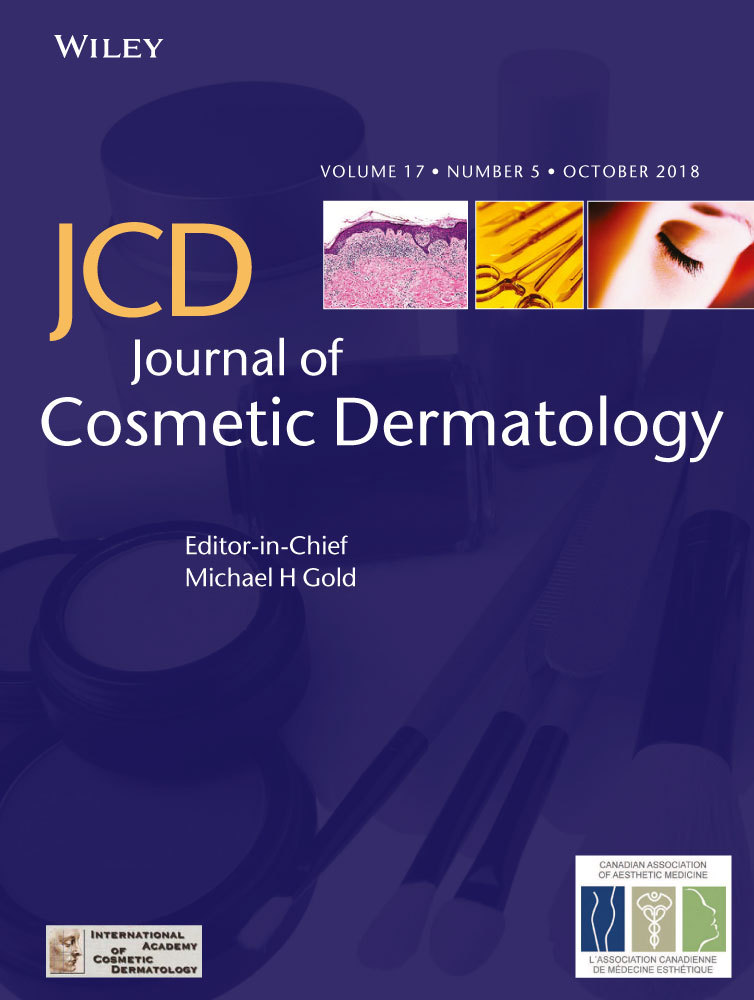Facial angiofibromas treated by rapamycin 0.05% ointment and a combined laser therapy
Summary
Background
Tuberous sclerosis is an autosomal dominant genodermatosis characterized by nonmalignant hamartomas in multiple organs. Facial angiofibromas are most commonly located on the face and have the potential to cause disfigurement. Facial disfigurement negatively affects the quality of life of patients and their families, often leading to negative psychosocial outcomes. Nowadays there are no treatment guidelines for facial angiofibromas but due to the progressive nature of facial angiofibromas a safe technique offering good results is needed.
Objective and Results
We report the case of a 40-year-old female affected by tuberous sclerosis, whose facial angiofibromas were satisfactorily treated by rapamycin 0.05% ointment, and a combined laser therapy.
CONFLICT OF INTEREST
The authors report no declaration of interest.




